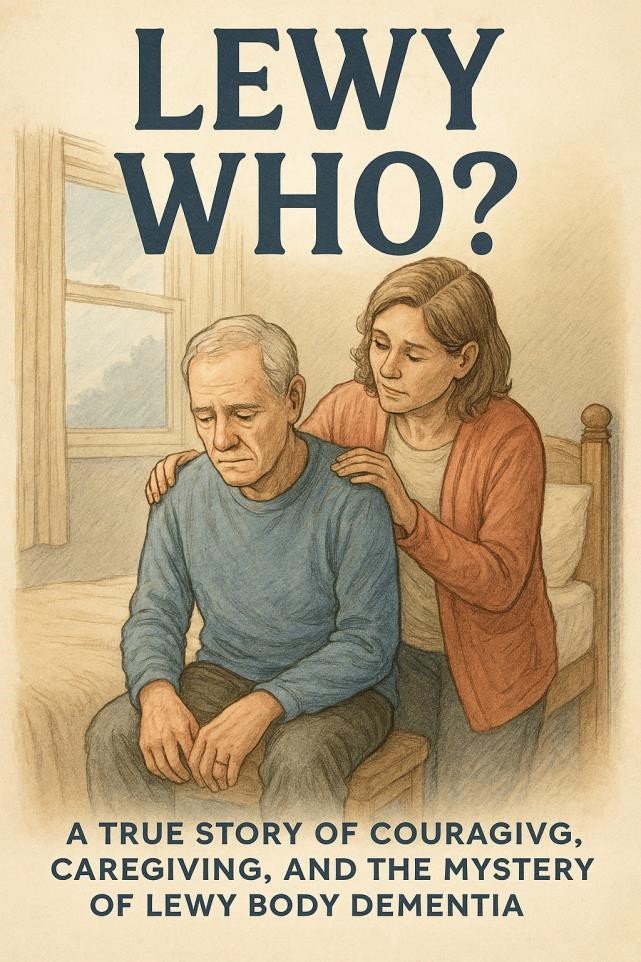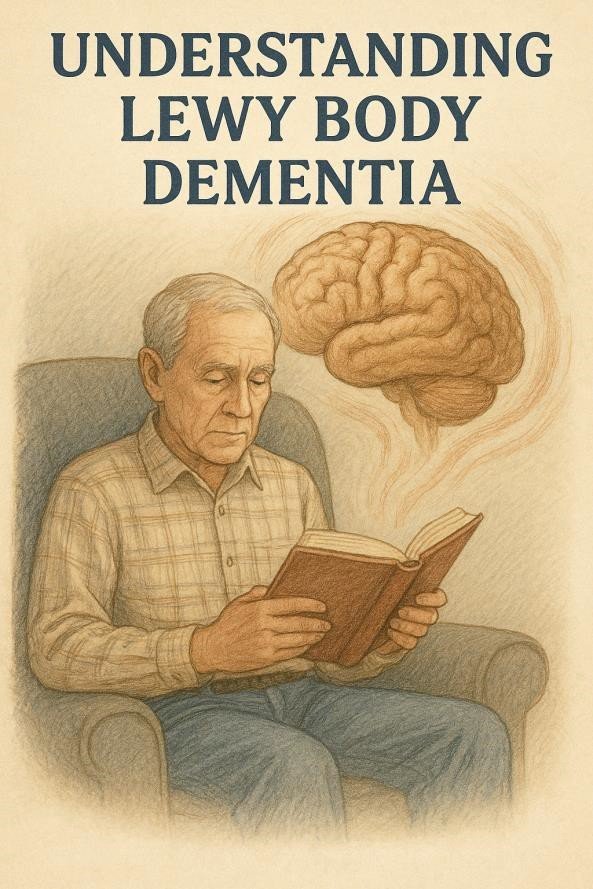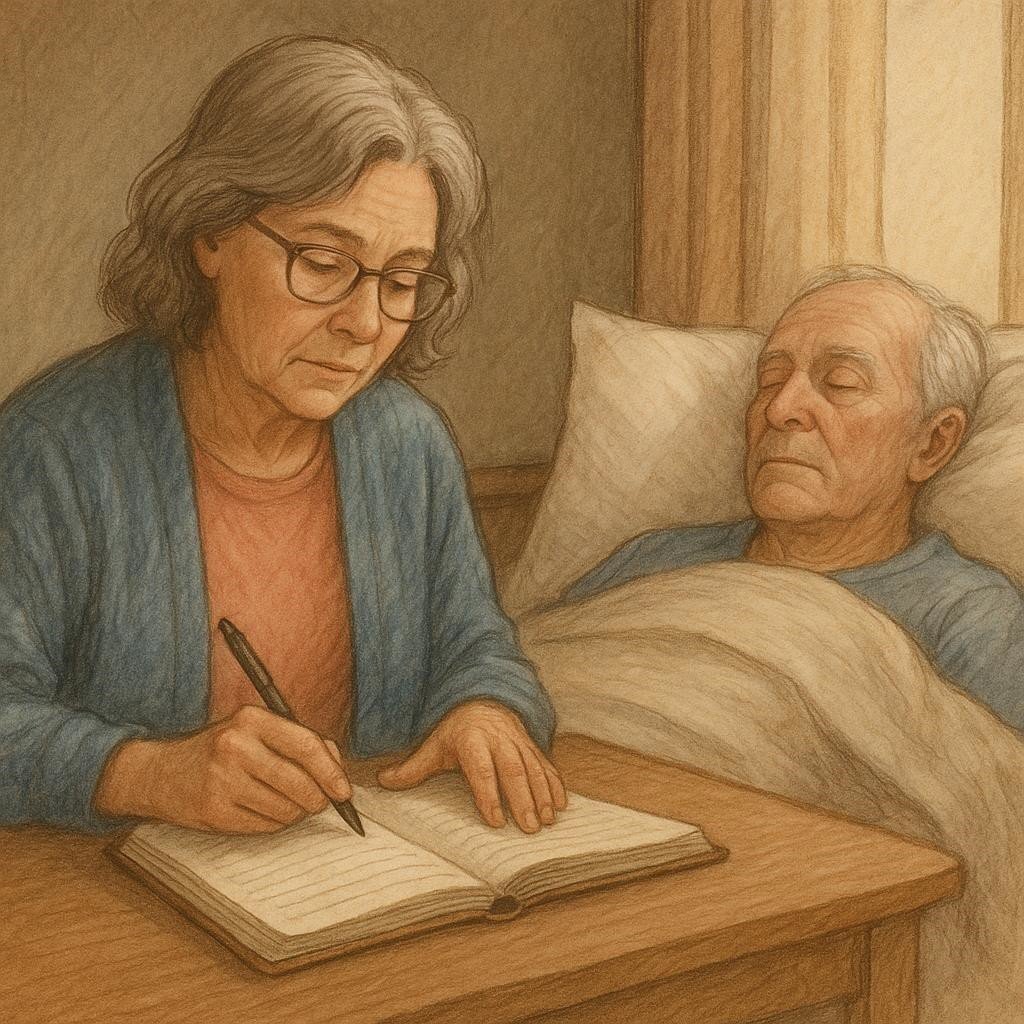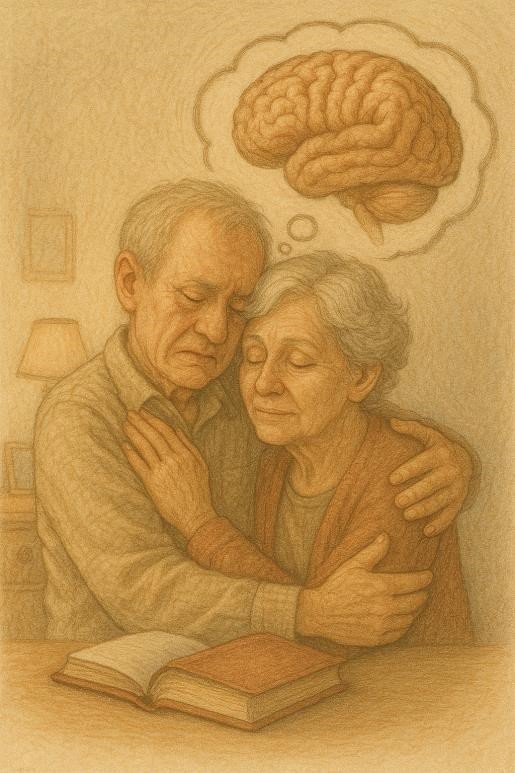When my husband John was diagnosed with Lewy Body Dementia (LBD), I felt lost. Doctors gave us pamphlets, but no one told us how to handle the daily chaos, such as hallucinations, falls, or nights spent awake.
Then, I rediscovered something I’d loved since childhood: art. Sketching, painting, and even scribbling became my lifeline.
Why Art?
Art didn’t fix John’s illness, but it gave me a way to process emotions too heavy for words. On days when John saw imaginary strangers in our living room or forgot my name, I’d grab a notebook. Drawing his hallucinations like the “man in the wallpaper,” he swore was real, helped me see his world. It turned fear into something I could hold, even laugh at.
Art also gave John moments of peace. We’d sit together, coloring old greeting cards or flipping through his childhood photos. For a few minutes, the disease faded. He’d smile, and I’d remember the man I married.
Simple Projects That Made a Difference
You don’t need talent to use art as therapy. Here’s what worked for us:
Memory Sketching
John loved talking about his youth. I’d sketch his stories like fishing trips, his first car, while he watched. The drawings became a bridge when words failed.
DIY Photo Albums
We glued old photos into dollar-store scrapbooks. Labeling them (“Our Wedding Day,” “Trip to the Rockies”) helped John reconnect to happy memories.
“Ugly Art” Nights
Some days were too hard for pretty pictures. We’d scribble wildly on big paper, then laugh at the mess. It wasn’t about creating; it was about releasing stress.
Art in My Books
When I wrote Lewy Who?, I included John’s sketches of his hallucinations. Readers told me those raw, uneven drawings made them feel understood. In Lewy Who? II: Into the Fog, I shared stories from other caregivers who used music, cooking, or gardening to cope.
Art isn’t just paint and paper. It’s any creative act that lets you breathe when the world feels too heavy.
Why Creativity Matters in Caregiving
- For the Caregiver: Art distracts your mind, even briefly, from the constant worry.
- For the Patient: Simple projects boost mood and spark memories.
- For Both: It creates moments of connection in a disease that steals so much.
You Don’t Have to Be an Artist
Start small. Doodle while waiting at the doctor’s office. Sing old songs while making breakfast. Dance badly in the living room. The goal isn’t perfection; it’s finding tiny pockets of joy.
John’s favorite? Finger-painting with our grandkids. His hands shook, but he’d grin as colors smeared everywhere. Those messy masterpieces still hang on my fridge.
Final Thoughts
Lewy Body Dementia is a storm with no calm. But creativity became our anchor. It didn’t stop the disease, but it reminded us who we were before it—and who we still could be, even briefly. In my books, I share more ways we found light in the fog. Not perfect solutions, just real ones. Because sometimes, “good enough” is everything.







